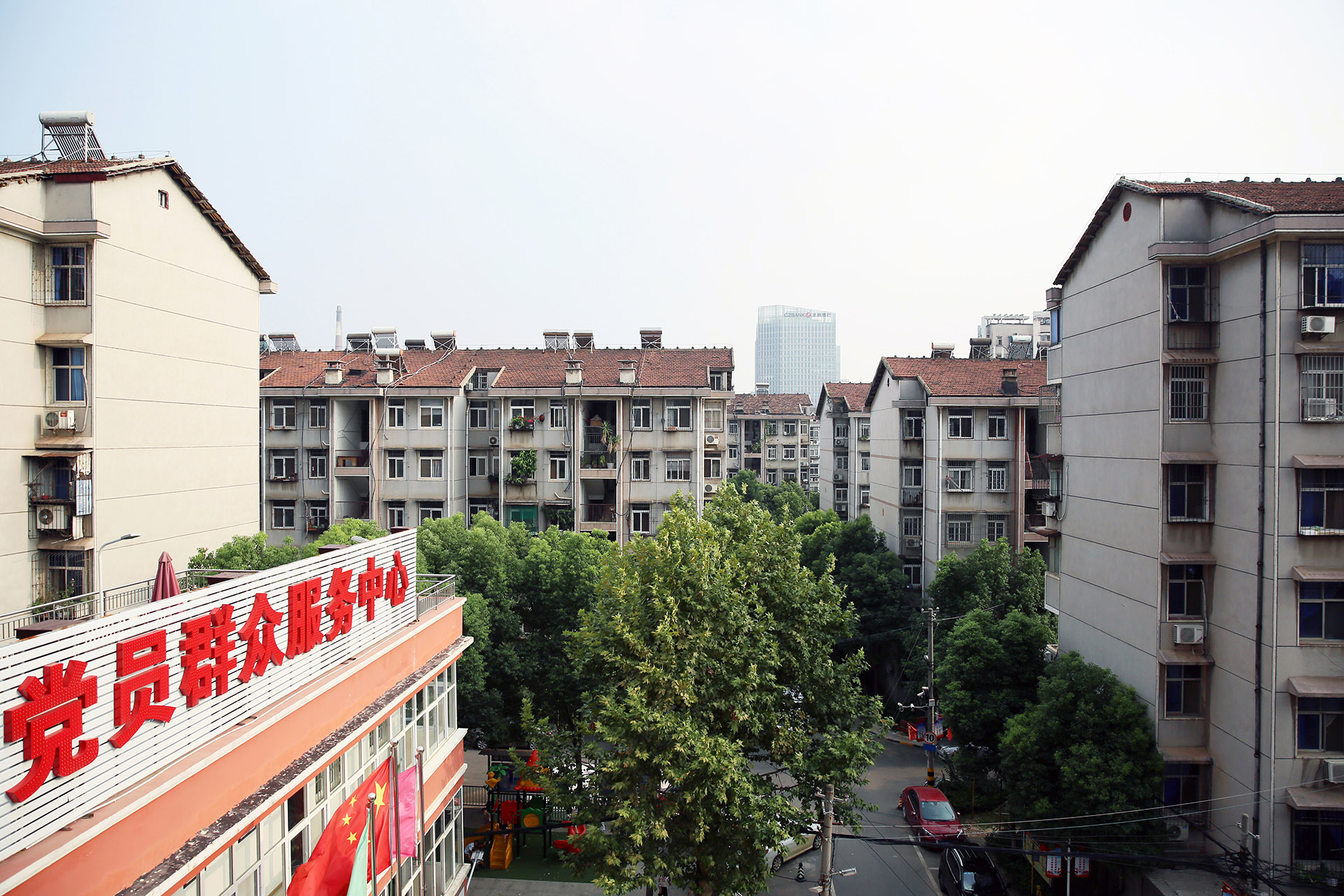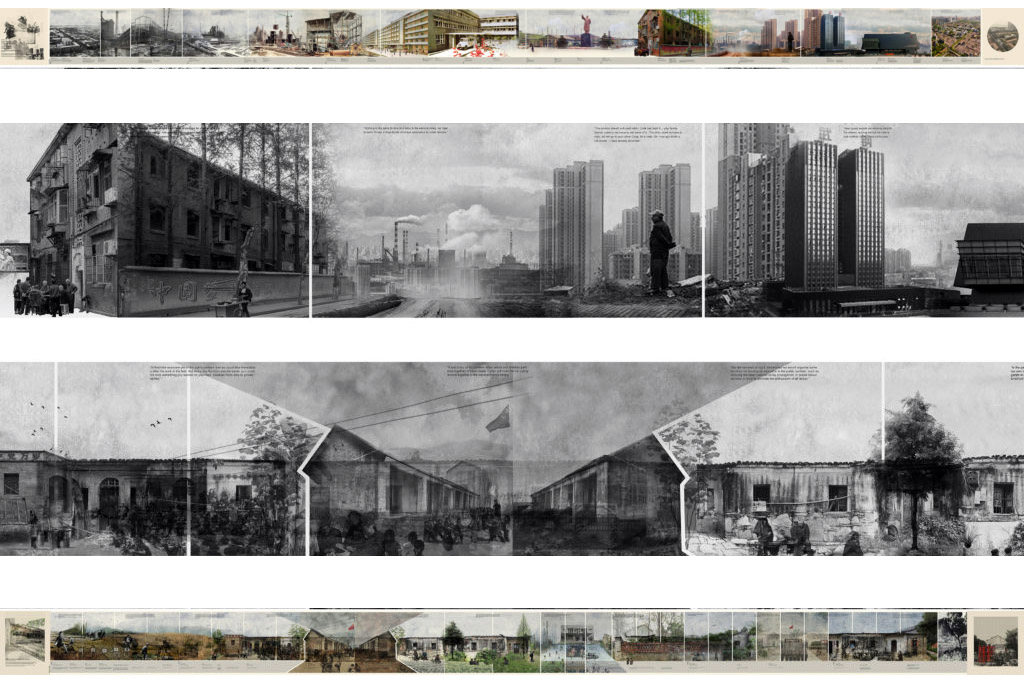Collective Forms: Neighbourhood Transformations, Spatialised Governmentality and New Communities in China
Year 2018-2019
Team Prof Sam Jacoby (Principal Investigator); Prof Tan Gangyi (Co-Investigator, Huazhong University of Science and Technology; Prof He Xuefeng (Co-Investigator, Wuhan University; Prof Tang Yan (Co-Investigator, Tsinghua University);
Dr Jingru Cheng (Researcher, RCA); Dr Defu Wang (Researcher, Wuhan University); Dr Xuelin Zhang (Researcher, Wuhan University)
Research Assistants
Xiamao Cao; Yuwei Wang; Runze Zhang; Pengyu Chen; Yunshi Zhou; Yizhuo Gao.
Urban design is a relatively new discipline that only formally emerged in the 1960s in the US and Europe and since the mid-1990s in China. It understands itself as interdisciplinary, incorporating architecture, landscape architecture, and city planning. But urban design is traditionally taught either in architectural or planning departments that bring their respective design and arts or planning and policy-focused methodologies to bear on urban design education. This methodological bias is maintained in a divide of urban design practitioners typically working in either architectural design or planning offices. One objective of this project is to overcome this division that has reduced much of urban design practice to the management of different design disciplines instead of working across disciplines – with architects responsible for the design of buildings, landscape architects for that of urban spaces, planners controlling the development process, and urban designers coordinating their interactions. To develop a richer interdisciplinary approach, the project will study the past collective and present communal development in China (such as the people’s commune or danwei versus current xiaoqu developments or new rural village) as the outcome of specific yet combined disciplinary concerns. For example, their housing design can be understood as essential to forming urban space and determined by larger planning processes. Similarly, their urban planning is closely linked to the part-to-part relationships and distribution of housing and urban spaces.
The challenges of urban design have in the recent past with increased global urbanisation become significantly more complex and involve a far greater number of stakeholders. Not just the physical environment, but also knowledge of economic, social, political, environmental, and human behavioural aspects has become integral to fulfilling urban design tasks. Therefore, another important aim of the project is to develop collaboration between disciplines with a common interest in urban and rural development, especially with urban sociology. This interdisciplinary collaboration is framed through the analysis of case studies and their multi-scalar contexts, exploring how past collective development forms are a root cause of current problems of urban or rural transformations in China, but also how they have shaped contemporary community models that are to an extent resilient, intergenerational, and live-work focused. The aim is to develop through this common framework, wider policy-relevant insight for the international challenge of sustainable community-led developments, especially those driven by live-work and intergenerational agendas. In addition, an important aspect of this is to study the emergence of Chinese modernity, both in spatial and social terms, and to examine its importance for current heritage debates.
The problems that China is facing due to a rapidly changing demographic and diversified communities and lifestyles is comparable to that found in many other countries, but it questions some key Western preconceptions of public space and civil society, liberal models of governance, or public services provision, nuclear family households, and labour and social mobility, instead foregrounding disparate practices of governmentality, economic planning, population management, architectural standardisation, and the shaping of collective subjectivities based on modes of production and political participation.
This project will study these important countermodels to Western ideas of sustainable communities, contribute to contemporary urban and community studies, and develop a new understanding of resilient community development. The project will hereby look at urban design not just as concerned with problems of designing or analysing a built environment and physical infrastructures, but also as dealing with the planning and realisation of a social environment. This is especially evident in the study of ‘collective forms’ such as the people’s commune, danwei or Third Front movement, which formed the basic units of social, political, and economic life in past urban and rural China, and whose wide range of social and spatial practices is still largely under-theorised. Thus, this project will define a wider interdisciplinary urban design theory and practice that deal with cultural, economic, educational, public, and policy issues.
Project Partner
The Global School, Beijing, China (Beatrice Leanza)
Outputs
8) Exhibition: Collective Forms in China, Venice Architecture Biennale, Italy, as part of Across Chinese Cities – The Community, 2018

The Service Centre for Party Members and the Masses, Geguang Community, Wuhan, PR China. Photograph by Gao Yizhuo, 2018.


